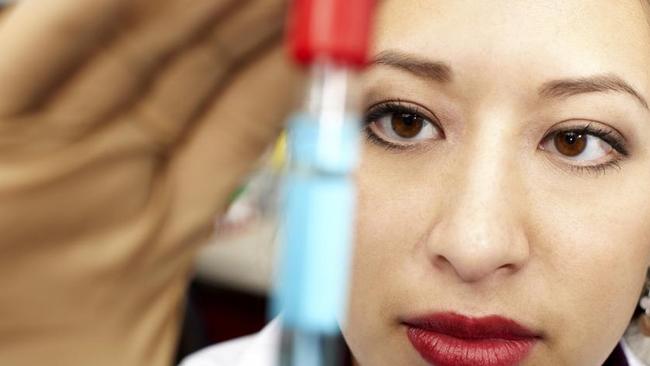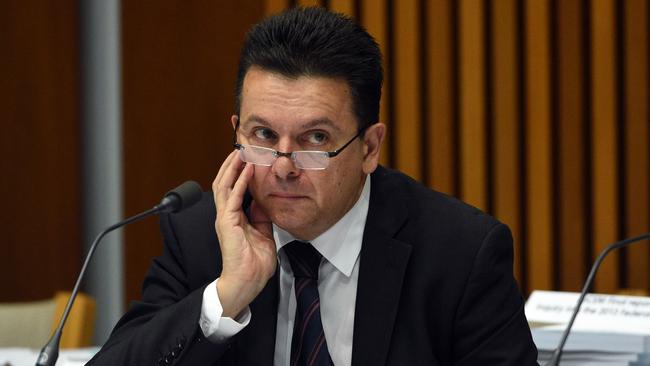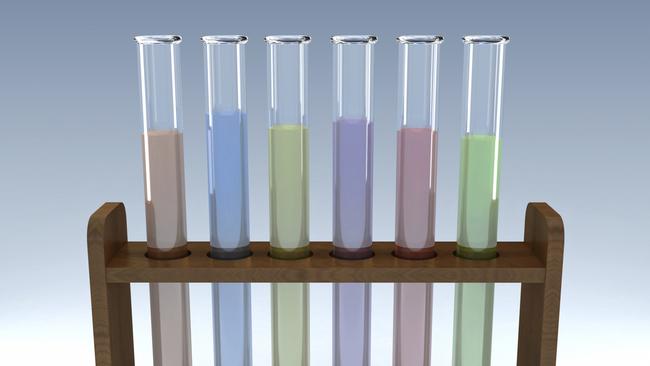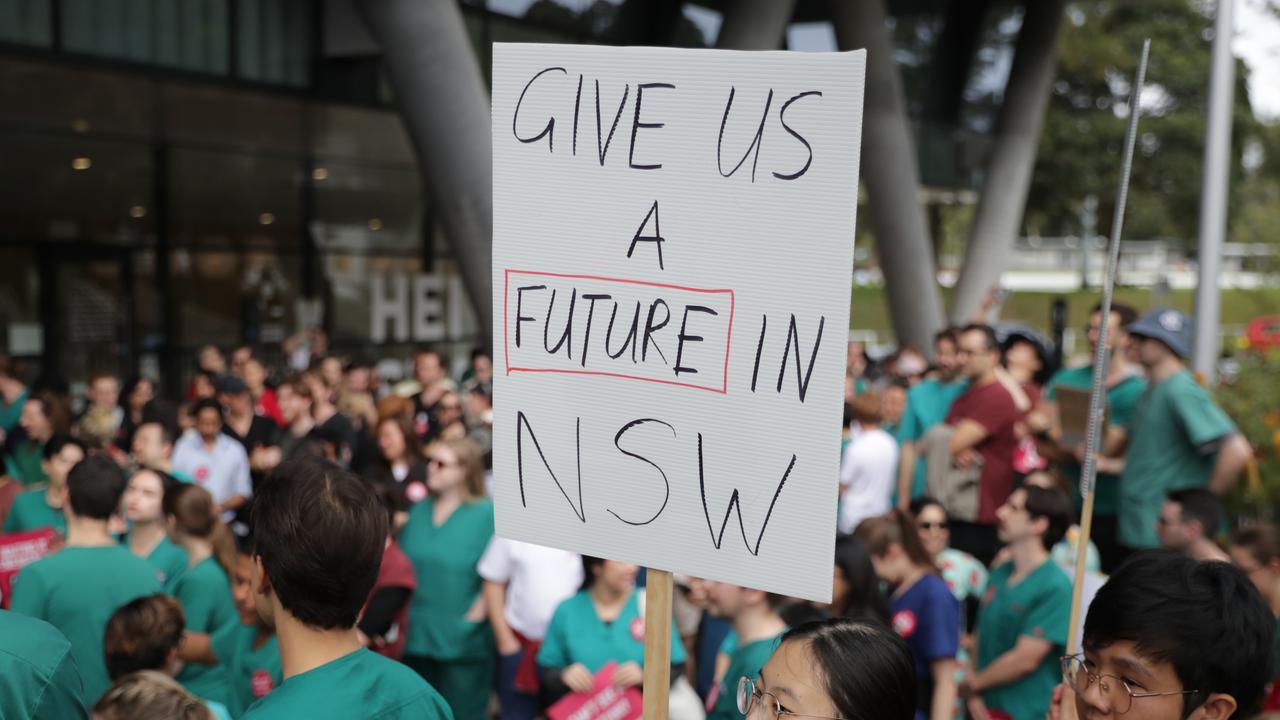Brain drain stripping Australia of scientific leaders and research positions
A BRAIN drain has stripped Australia of one in four of its scientific leaders and 671 research positions as our best and brightest head overseas.

Health
Don't miss out on the headlines from Health. Followed categories will be added to My News.
A BRAIN drain has stripped Australia of one in four of its scientific leaders and 671 research positions as our best and brightest head overseas.
As Prime Minister Malcolm Turnbull talks up a vision for innovation and an ideas boom many of the people who could deliver it have left the country to get their research funded.
The Australian Society for Medical Research (ASMR) is warning “Australia is in danger of squandering its opportunity to capitalise on years of investment” in distinguished researchers.
And if researchers continue to leave there will not be enough with the experience to capitalise on new funds from the government’s Medical Research Future Fund when it starts paying out money for research, it warns.
In its budget submission ASMR is calling on the government to provide $300 million for the Medical Research Endowment Account to stem the loss of senior researchers so they remain ready to take up positions when the Medical Research Future Fund is ready.
In the last five years the National Health and Medical Research Council (NHMRC) has slashed by 25 per cent the number of scientific leadership positions it funds under its Fellowship Scheme ASMR says.

In 2011 92 of these positions were awarded and in 2016 this fell to just 69 ASMR says.
There has also been a 16 per cent loss of human capital or 671 full time equivalent research positions from the major NHMRC Project Grants within the last three years.
The NHMRC currently funds less than one in seven project grant compared to a funding rate of over one in four a decade ago in 2007.
Australia’s current investment into the NHMRC is 0.6% of the total health spend, while the US spends 4.5 per cent of its health budget on the equivalent National Institutes of Health.
“Should the current vibrant and highly qualified research community continue to suffer attrition due to lack of opportunity, its renewal and restoration would take decades and be enormously costly on many levels,” ASMR says in its budget submission.
Nearly a quarter of the health and medical research workforce told an ASMR survey they were uncertain as to whether or not they have employment in 2016.
Replacing 25 per cent of the PhD-qualified health and medical research sector would cost Australia $570 million in 2009 dollars, the ASMR says.
South Australian independent MP Senator Nick Xenophon says medical research funding should be made an election issue because it will take years to rectify the damage done by the brain drain to be undone.
“We are supposed to be the clever country but we make some dumb decisions on medical research,” he said.

Cancer researcher Dr Geoffrey Matthews says he was forced to leave Australia to get funding for his research into a new anti-cancer drug that targets multiple myeloma an incurable blood cancer.
He now works at Harvard University.
“In Australia, I worked under the mentorship of Professor Ricky Johnstone at the Peter MacCallum Cancer Centre, in Melbourne,” he says.
The paucity of grants and fellowships meant he was unable to secure NHMRC grant funding to continue his cancer research in Australia.
“I had always believed that contemporary Australian scientists did not need to head overseas to pursue a career due to the high calibre research being carried in our institutions. However, without the availability of sufficient funding to fund our research we are being driven overseas,” he says.
“In my case, and my wife’s, an early career researcher in paediatric neuroscience, we chose the United States,” he says.
The ASMR represents more than 120,000 Australians involved in professional societies, medical colleges and corporate/disease related foundation members.
Originally published as Brain drain stripping Australia of scientific leaders and research positions



